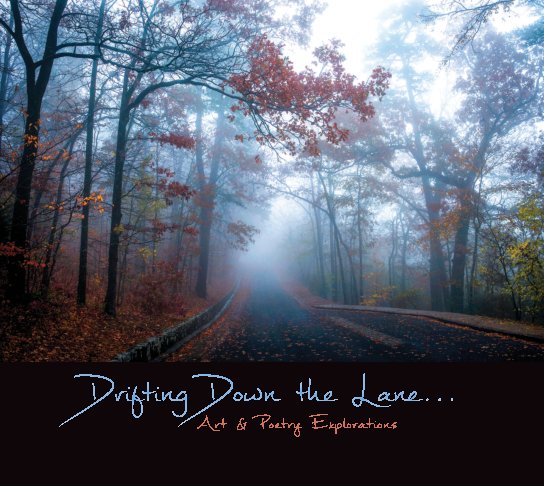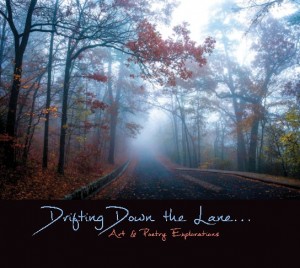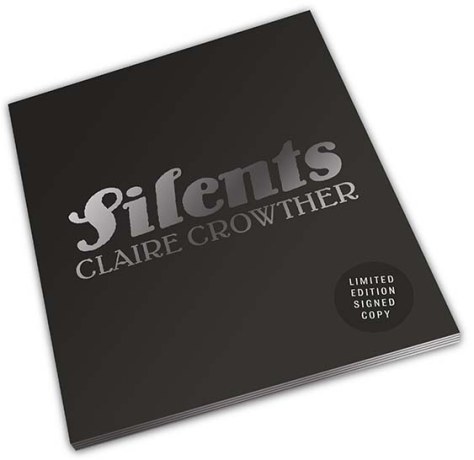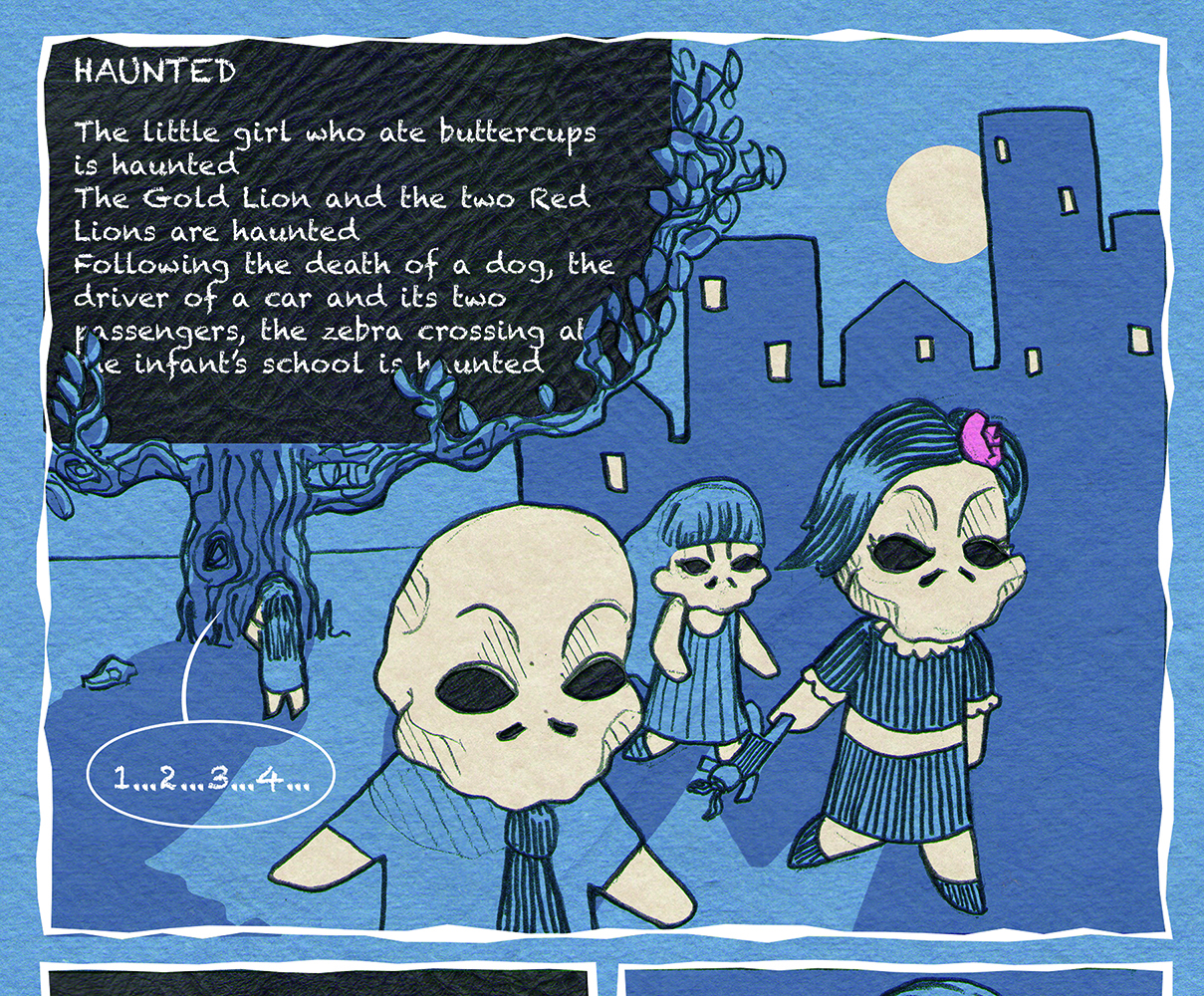Drifting Down the Lane (ed. A. Marton and H. Lawler)
-Edited by Andrew Bailey–
This is the fourth or fifth time I’ve tried to review Drifting Down the Lane, and – perhaps appropriately, given the title – each time I found myself following some tangent away from the book itself. This time, I swear, I’m sticking closely to the object in front of me.
It’s a tightly themed anthology, its contents responding to an initial statement of alchemical intent: “Magnum Opus, the Great Work of alchemy, turning lead into gold, transforming a negative into a positive.” There are a lot of contents, too – unlike most of the texts under review here, this is a heavy coffee-table sized book, with the best part of 200 pages, half of them being full-colour artwork interacting with the poems that share the space. You get a choice in the paper stock and cover weight, it being a POD book, but as I’m working from the PDF I can only comment platonically.
Taking the poetry first, there’s an impressive range of poets represented – 77 writers, only one with more than one poem. It is open to the controlled sonnet of Lianne Strauss’ ‘The Alchemy of Dolls’ and Sarah Crewe’s more exploded lyric ‘Chrysoberyl’. There are names that I’m always happy to see, such as Sascha Aurora Akhtar, Geraldine Monk and Claire Crowther, who will stay on that list with their work here, and things I’m excited by from names new to me, including a nine-part sequence by Yuyutsu Sharma*, ‘The Alchemy of Nine Smiles’, that balances mysticism and emotion in an address to a mother.
Of course, it being an anthology, there are others I like less, but this shouldn’t degenerate, as a previous draft did, into a list of poems I liked and didn’t, not least as it limits space for the images – sculptural and mixed-media work, photography and paintings – that accompany the poems. Unlike the poets, many of the artists have more than one piece appearing; are we poets slower, or more numerous, or less likely to have two or three decent ideas?
Roberta Masciarella’s assemblages are uplifting, particularly when we see three in a row; Rodrigo Piedrahita’s ‘Woman with Cat’ has an uncanny pleasure to it. That last image neatly demonstrates the editors’ point that the work is curated together; the doll in the painting, which is opposite the Strauss poem mentioned above, may not be the key detail of the painting, but it is illuminated by and illuminates the dolls in the poem.
When it works like this, and it often does, neither illustrates the other, but each piece offers contrasts and complements with its pair. Fokkina McDonnell’s avian ‘Flight of Swallows, Murmuration of Starlings’ shares a spread with the amiable birds of Malgorzata Lazarek’s ‘Cip Cip’, on the complementary side; Goro Endow’s ‘Lovers’, however, have no such direct parallel with Will Crawford’s poem (although there are whispers of wings in both)**. There’s a few moments where the poets cause a bit of dissonance by referring to art that isn’t the piece to the poem’s left, and another where I found the image and poem too closely related to get that sense of each opening aspects of the other, but that’s rare.
If the quality of the content, and its curation, are fronts on which the editors generally deserve praise, there is still an element of their framing that troubled me enough to cause another abandoned draft. By drawing attention to the game in the title – one player whispers a message into a neighbour’s ear, who then whispers into the next neighbour’s ear, and so on through the group – they suggest something like Sidekick Books’ remarkable Korsakoff’s Paper Chain, where each piece is used to stimulate the next, is about to happen – but they give everyone the same message to step away from. Eighty first steps are not the same as eighty steps away.
For all their careful teasing out of threads – those who infuse their work with alchemical imagery, say, or those who use the straw-transmuting powers of Rumpelstiltskin – this editorial framing sets up a nagging sense of each poem or image being the equivalent of an opening paragraph that’s not picked up by the next. The content often dispels that sense for a while, but every spread’s northeast corner repeats the title in a large and flamboyant font, a persistent reminder. The more I can resist that, the more I can recommend the anthology.
* Google tells me he should maybe not be so new to me as he is.
**The last can be seen in the Blurb preview: http://www.blurb.com/books/4754985-drifting-down-the-lane-hardcover-premium





